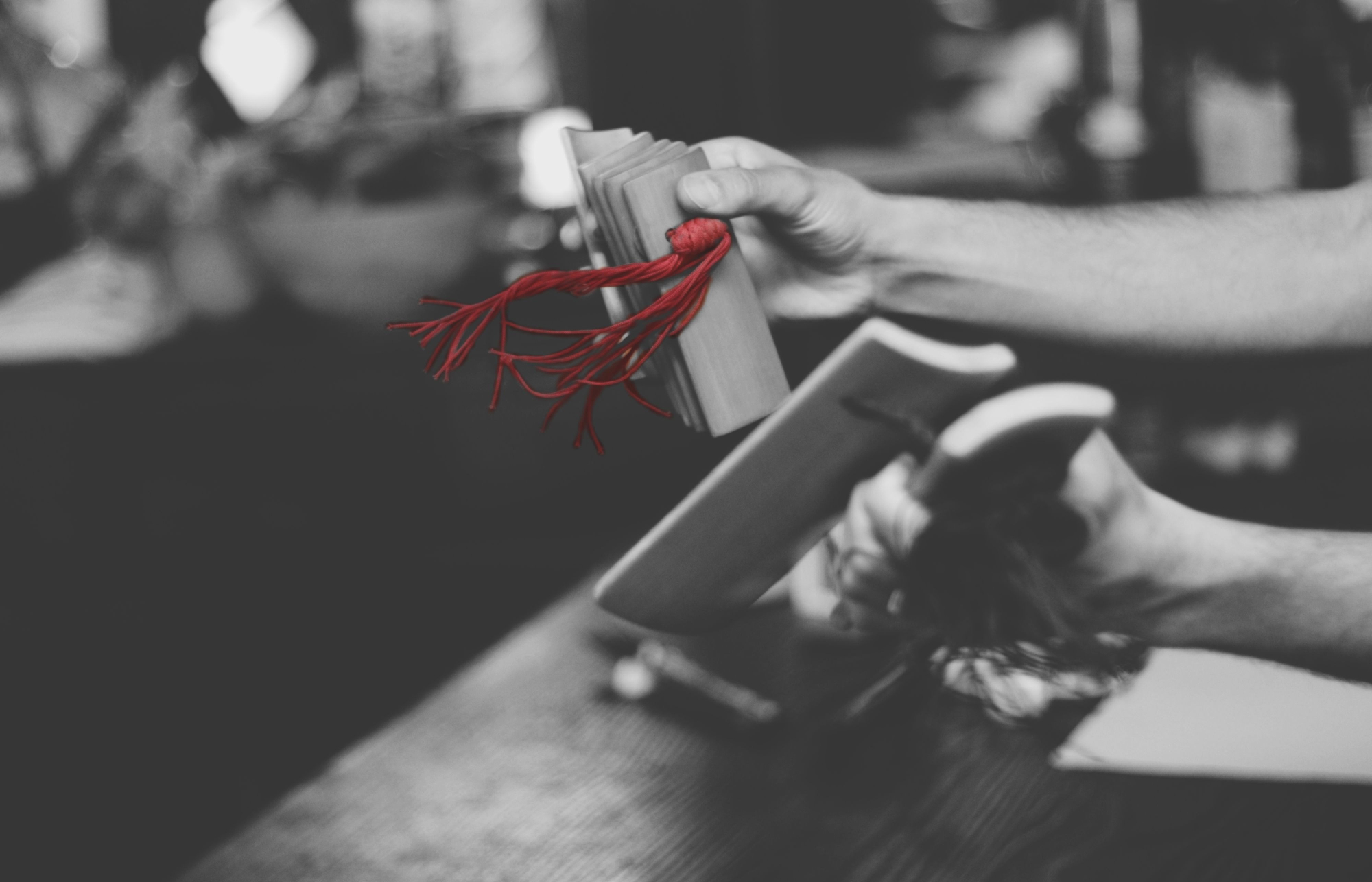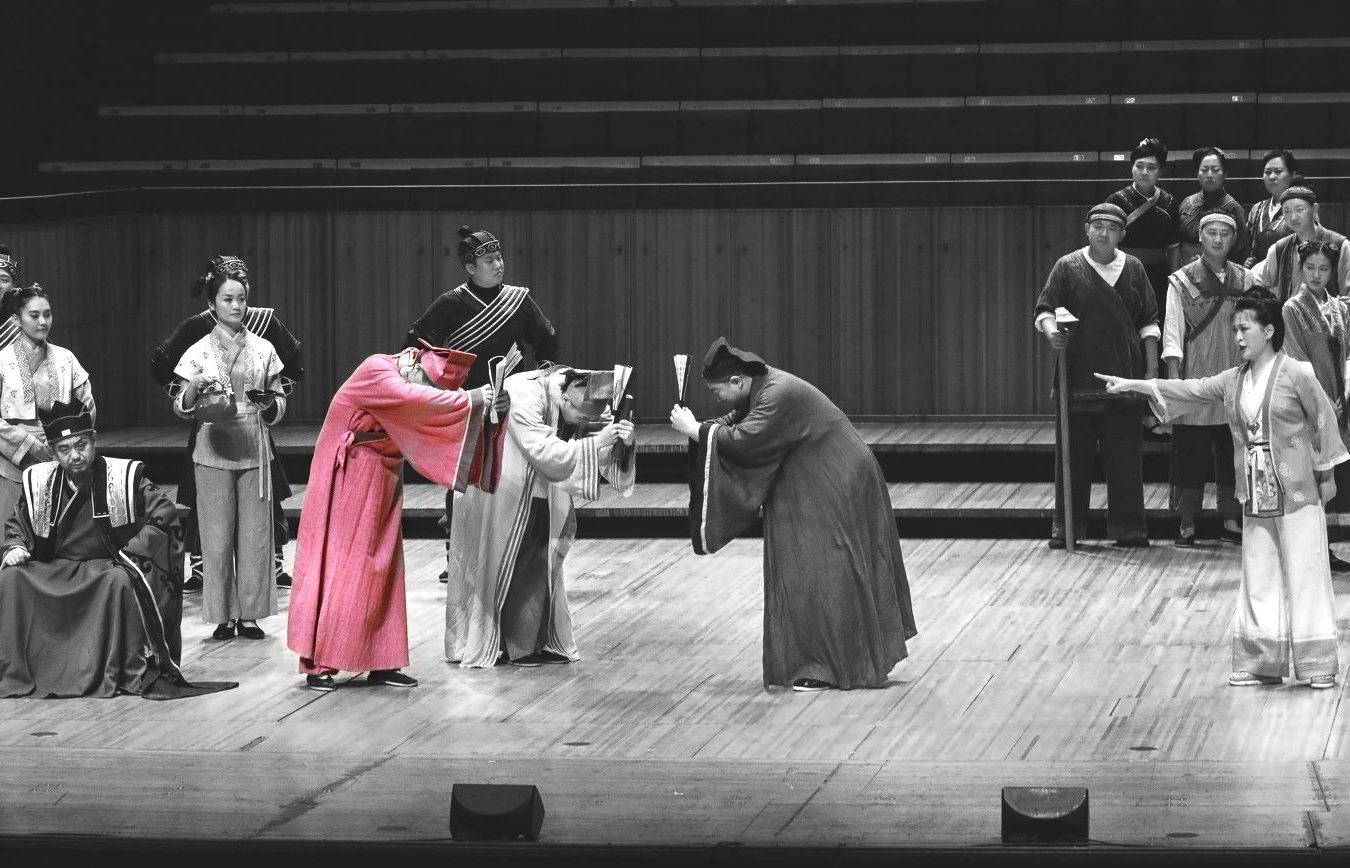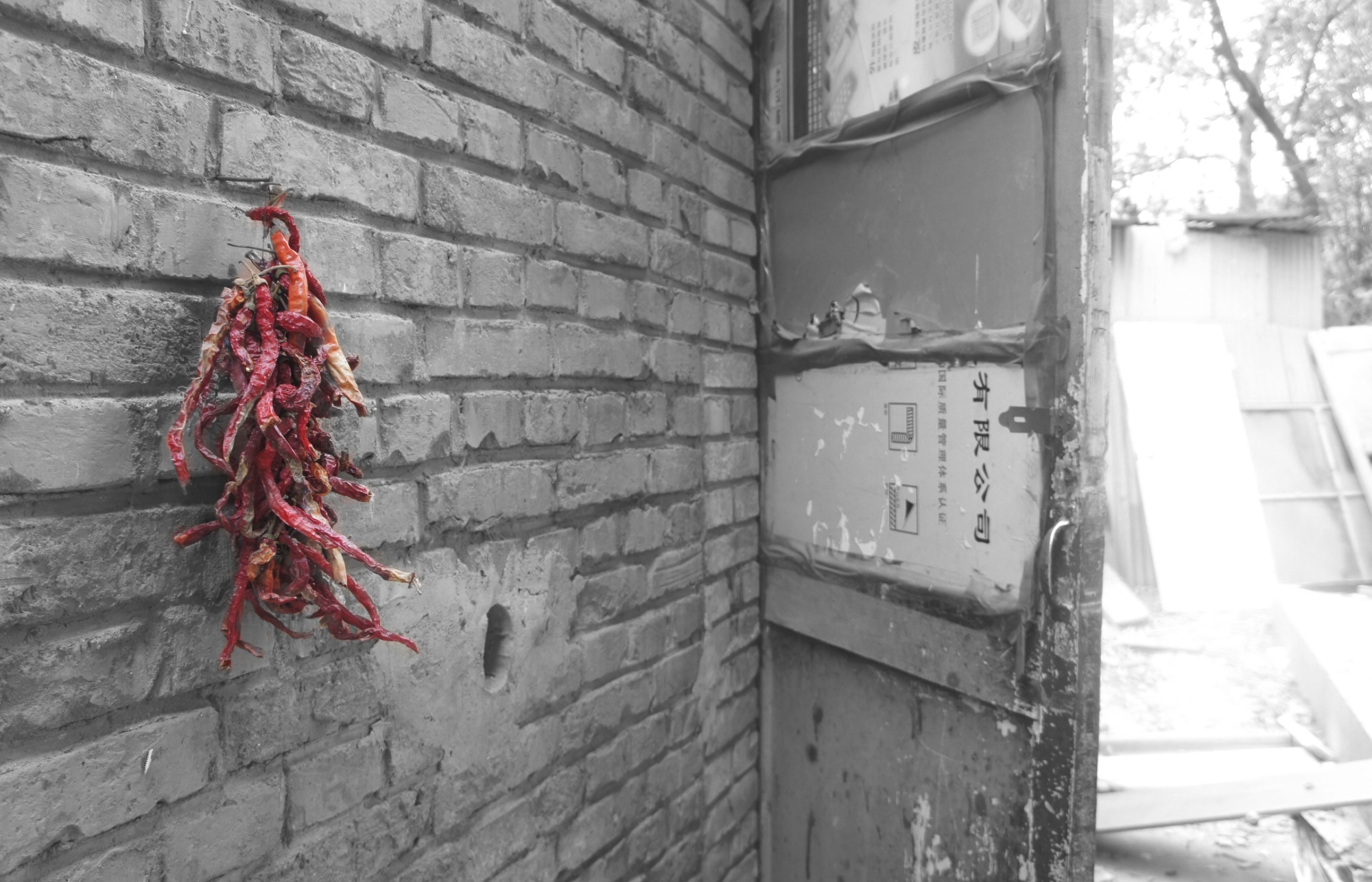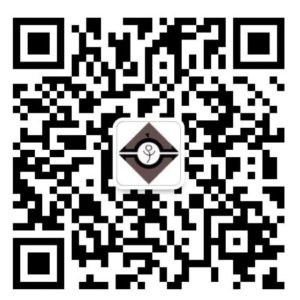Cultural and Literary Translation
Music
From classical Chinese zither tunes to contemporary Mandopop, see how translation will boost your next music project. Read more ⇒
Performance Art
Hosting a Chinese opera or theatre performance and want to make sure that it can be enjoyed by a non-Chinese speaking audience? Find out how ⇒
Visual Arts
Organising an exhibition of Chinese art but at a loss as to how to explain the artwork to the greater public? We've got you covered ⇒
Chinese Philosophy
Finding your Confucius too confusing? Following the Tao but lost your way? Let us give you a hand ⇒
History
Struggling to keep up with all those Chinese dynasties? Curating a museum exhibition but not sure if it is for the Qin or the Qing? Fear not ⇒
Literature
Think you have found the next Chinese nobel laureate and are looking for a translator to do them justice. Look no further ⇒
Translate your cultural and literary texts
From traditional Chinese opera performances to contemporary Chinese children’s literature, cultural and literary translations deal with a vast range of texts that each present their own translation difficulties.
Here at mbChinese we love getting our translating teeth into the challenges that cultural and literary texts offer. Always keeping our audience in mind, our translations of these texts strive to ensure that the spirit of these texts in not lost in the words.
Our approach to translating cultural and literary texts is driven by our passion for Chinese culture. Because we love what we do, we are always willing to spend that extra bit time researching the finer details of the texts we are translating.
This allows us to produce highly readable translations of cultural and literary texts that can be both understood and enjoyed by a non-Chinese speaking audience.
This page is divided it separate sections that deal with how we translate a specific type of cultural and literary translation. These include Music, Performance Art, Visual Art, History, Chinese Philosophy and Literature.
If you are interested learning about our approach to one particular field only, feel free to navigate straight to that section by clicking of the corresponding picture above.
There is an option to come pack to top menu at the end of every section.

Music in translation
Music may be a universal language, but without a good translation of your lyrics, program or publicity material, it is likely to fall on deaf ears.
This is especially true for traditional Chinese music, which is often so foreign to a western audience that they don’t even know the names of most of the instruments that are being played (which is why I felt the need to use zither above instead of guzheng).
Good translation can provide explanatory information about a musical performance that primes the ears of the audience to better appreciate the music they hear. It can also push up seat numbers by promoting public interest in the performance.
In this context a ‘good translation’ could even be creating entirely new copy content based on information provided in Chinese.
Here at mbChinese we are able to create such content and have the cultural knowledge to help popularise your Chinese music event.
Amateur musicians of Chinese instruments ourselves, we have dabbled in a wide range of Chinese music from classical to contemporary and are aware of many of the stories and culture trappings behind much Chinese music.
Below is an example of how the culture behind Chinese music can be used to create good ‘translations’ or copy that enhance audience interest and experience.
Let us imagine that you are hosting a music event and your program included the haunting guqin piece Yangguan Sandie. Here it is below if you want to listen.
And then just imagine that in the program we don’t just say that this piece was based on a farewell poem by the Tang Dynasty poet Wang Wei, but also provide one of the most beautiful English translations of this poem ever written (by William Dolby).
Morning rain of Wei city
Damps the dust clean.
Fresh by the travelers’ inn
Willow’s verdant green.
Come, I bid you, sir:
Empty one more cup of wine,
For once you’re West, beyond Yang Pass,
All your old friends are gone.
Proceeded by copy content to help the audience imagine themselves by the singing sands on the edge of the Gobi as they bid farewell to an old friend, not knowing if they will ever see them again. Sharing one last drink before parting, heart aching for the loss, awash with nostalgia for the times gone.
Through such content it is possible to ‘translate’ the emotions that lie behind the music, enhancing audience experience.
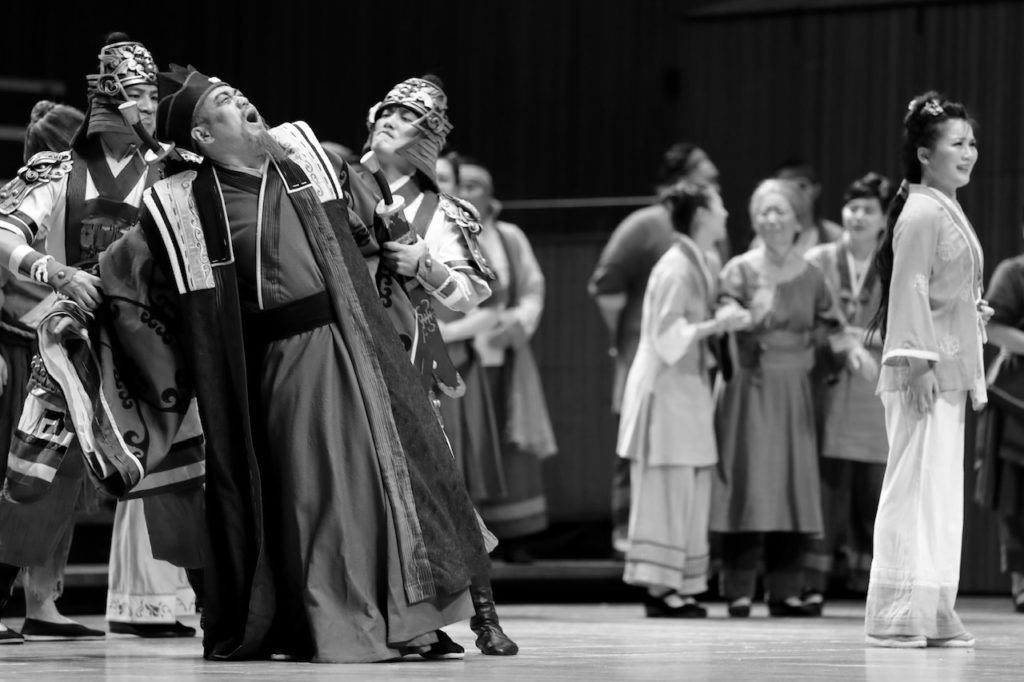
Performance Art
As more and more Chinese opera and theatre performances find themselves on foreign stages, there is an increasing need to provide quality translations of scripts, performance programs and advertising content for these performances.
Translating the script of an opera or other staged performance can be an arduous task. A translator may be faced the difficulties of dealing with long lines of classical Chinese, rhymed songs or verse, as well as culturally specific stage humour.
There is also the added dilemma of keeping the lines of translated material short enough so that they can be read without difficulty by the audience. This can be quite hard to do during fast tempo scenes.
However, probably the most difficult element of translating a stage performance is getting across cultural elements in a way that a non-Chinese speaking audience can understand.
This is confounded by the fact that in Chinese opera alone, there are a multitude of distinctly different varieties, each with their own unique culture. From the high-pitched singing in Peking Opera to military tropes of Jiang Qing’s revolutionary model operas, each different type of opera requires the translator to deeply understand its particular cultural style.
Once this has been done, the translator’s real task is in finding a way that this specific culture can be presented to their non-Chinese audience. This type of translation is not about finding equivalence between words, but between cultures.
Here at mbChinese we take this task very seriously. We understand that finding the right translation requires knowing just as much about the culture of the audience as it does about the culture of the source text.
This means that our shelves have as much Shakespeare, Ibsen and Shaw as they have Tang Xianzu, Lao She and Cao Yu. And while we will not be translating Chinese opera characters as Hamlet, Nora or Julie Andrews, the tropes, metaphors and imagery used by great Western writers form the building blocks on which the culture of our translation is created.
Some may complain that such a culturally orientated translation which does not go word for word with the original is in effect the translator betraying the source text. Traduttore, Traditore!
Fair point, but at mbChinese we believe that the words of any performance are just a medium to get across something much more important. By valuing culture over text, we aim to provide audiences with a true performance experience.
One in which they can experience the spirit of the Chinese original. As for betrayal, there would have been no Resurrection without Judas.

Visual Arts
As China rises on the world stage, exhibitions of Chinese art are increasingly seen across the globe.
From the art of contemporary artists such as Xu Bing and Cai Guo-Qiang to older traditional masters, this rise in Chinese art has been accompanied by the increasing need for good translation to help audiences understand and appreciate Chinese art.
However, translating texts about Chinese art can be extremely difficult.
Firstly, translators are hampered by the fact that, as Chinese art emerged separately to western art, it contains many terms that are highly unique and therefore difficult to translate.
This includes terms like the traditional word for landscape painting ‘shan shui’ as well as the term for ‘copying’ in Chinese calligraphy, ‘linmo’.
The translation process is also made more difficult due to fact that the content and symbolism in Chinese art is often set specifically within Chinese culture.
For those who are not familiar with Chinese culture, it can be difficult to grasp the unspoken symbolism within an artwork. What does this pine tree represent? Or the mountains and rivers? Why is there so much white space?
The answers to such questions, which might be subconsciously understood by an audience that has grown up in Chinese culture, need to be carefully articulated through translation to ensure that others can find a similar understanding and appreciation.
Chinese art is also unique in the way that it connects art with text and literature.
Calligraphy, which is at the same time both writing and painting, is an essential element of Chinese art and one that is also quite difficult to translate as it is both an external form made up of a complex array of strokes as well as an internal expression of the character, emotions and will of its writer.

This connection between the inner expression and outer form is also represented in the relationship between Chinese art and poetry. As the famous Chinese goes, ‘within a poem exists a painting, within a painting a poem’.
As with any art, what we see on the surface in Chinese art is often only the tip of the iceberg. Good translation is able to help an audience get into the artwork by alluding to, not describing, its deeper meanings.
Here at mbChinese our Chinese art translation aim is to be able ‘translate’ that poem within the artwork.

Literature
With the last decade seeing Chinese authors taking out both the Nobel Prize for Literature and the Hugo Award, translations of Chinese literature are increasingly becoming both fashionable and popular.
However, while authors such as Mo Yan and Liu Cixin are now quite well known internationally, the essential role that their translators (Howard Goldblatt and Ken Liu) played in their success as writers is often not recognised.
As is the case with most literature in translation, the importance of having a good translator is often overlooked. (Sometimes it feels like the only people that really care about the translators are other translators).
What exactly makes a good literary translator though, is a somewhat difficult question. Should they be a good translator or a good writer?
We at mbChinese believe that the answer is neither. We think that what a good literary translator should really be, is a good reader.
And that is just what we are.
Here at mbChinese every spare minute we have is spent reading, every spare dollar is spent buying books (and yes you we may be guilty of tsundoko).
As expected, we love to read books that deal with China or are written in Chinese, think Peter Hessler, Pearl Buck, Lu Xun, Sanmao. We also have a great appreciation for good translators of Chinese literature, John Minford, Arthur Waley, Julia Lovell and Ezra Pound just to name a few.
We also have a particular interest in Chinese children’s literature and are lucky enough to live with a two year old expert on Chinese children’s literature who lets us know which stories are good and which ones should be ripped up.
Literature is all about good stories and key to the way that we approach literary translation is to value these stories above the words. This means that for us, creativity and imagination are just as important translating tools as dictionaries.
Getting into the stories is also one of the reasons why we love literary translation. Just like a writer, translating literature gives us the opportunity to become one with the characters, emotionally connected to them as they grow and develop.
And just like a reader, we as translators experience the joys and sorrows of the characters in ways that change the way we understand our world.
Sometimes translating a story is the best way to read it.
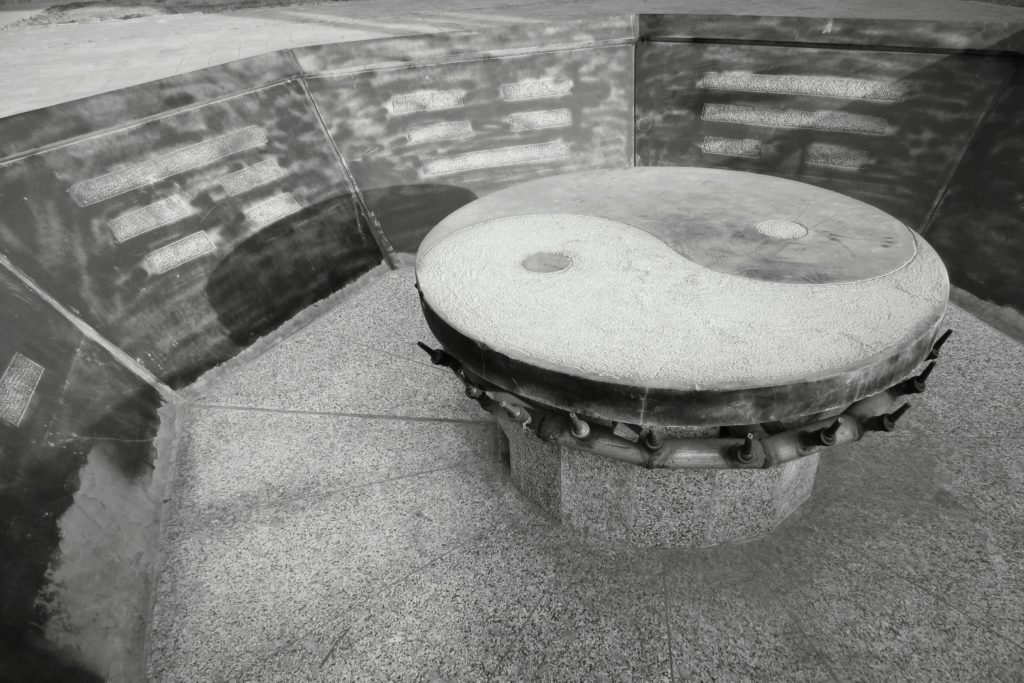
Chinese Philosophy
After spending a long time in the discourse wilderness during the 20th century (most notably during the New Cultural Movement and Cultural Revolution) Chinese philosophy is coming back with a force in today’s China.
Not only do political leaders now espouse Chinese philosophical maxims in their speeches and propaganda, but the general public has also come to the party, with schoolchildren learning more about classical texts and Confucian etiquette than at any other time in the history of the People’s Republic.
Naturally, coming with this new interest in Chinese philosophy is a drive to promote Chinese philosophy at an international level through translation. However, this is easier said than done.
Chinese philosophical texts are notoriously difficult to translate ‘accurately.’ This, by and large, is due to the fact that most of these texts were written in some form of Classical Chinese, a language that is often very vague and often omits much information that would normally be required in a sentence (like a subject).
The ambiguous nature of Classical Chinese means that many philosophical texts are translated over and over again, with each translator understanding the text in a slightly different way.
Take for example the Daoist classic commonly known to as the Tao Te Ching which has over 150 English translations. Just the three Chinese characters that make up the title (道德经) have been translated into a plethora of names including:
The Tao Teh King (James Legge, 1891)
The Canon of Reason and Virtue (D. T. Suzuki & Paul Carus, 1913)
The Way and its Power (Arthur Waley, 1934)
The Classic Book of Integrity and the Way (Victor Mair, 1990)
A Book about the Way and the Power of the Way (Ursula Le Guin, 1998)
Another factor that makes Chinese philosophy so hard to translate is that each classical text is accompanied by countless Chinese commentaries that interpret the meaning of the text. Some of these commentaries then go on to become so famous that a commentary is made for the commentary.
Take the Analects of Confucius for instance, which has over 8000 commentaries. Translating this text without a basic understanding of at least some of the more famous commentaries is the equivalent to disregarding over two thousand years of in-depth research.
In contrast to our translations of literary and cultural texts in which we value the spirit of the text over the words, here at mbChinese, our approach to translating Chinese philosophical texts is firmly based in words, philology and linguistics.
This is in part because the meaning of words was one of the key concerns for Chinese philosophers. Confucius himself was particularly concerned with words and the way that they were being misused in his day.
Once asked what he would do first if he was able to work under the ruler of a state, Confucius replied that the first thing would ‘certainly be to correct language.’ While his disciple was confused with this reply, Confucius’ reasoning was that:
If language is incorrect, then what is said does not concord with what is meant; and if what is said does not concord with what is meant, then what is to be done cannot be effected. (Book XIII.3, translation by Arthur Waley)
Correctly understanding the words and language in Chinese philosophical texts is therefore not just important for a good translation, it is essential in understanding the essential nature of Chinese philosophy.
Here at mbChinese we take a traditional Chinese approach in understanding the words of philosophical texts. This includes extensive use of ancient exegetical texts such as the Shuowen Jiezi and Erya, careful examinations of the most influential commentaries, as well as reading what Qing philological scholars like Duan Yucai and Wang Niansun had to say on the subject.
However, we are also aware that Chinese philosophy is much more than just words. Unlike the tight logic found in ancient Greek philosophical texts, Chinese philosophy is much more allusive, often almost poetic. There is much in a text which remains unspoken.
Chinese philosophy is also not so much about the meaning of life and the nature of matter as it is about how to be a better person through self cultivation.
True understanding and appreciation of Chinese philosophy can therefore not just be done through rational analysis of the texts and language alone. It requires a more personal and almost spiritual-like investigation.
Raised in the traditional approach to Chinese philosophy, we believe that really understanding Chinese philosophy requires reciting it out loud and learning it by heart.
Only through this process of recording the texts into our bodies and minds can a deeper understanding of Chinese philosophy occur.
To that end, we have, at various times, memorised large tracts of The Analects, the Tao Te Ching and the Book of Songs. Doing this has enabled us to have a more wholistic understanding of Chinese philosophy in which connections between texts can been seen more readily.
Memorising texts also allows you to have those amazing experiences when, as you go about your daily life, a Chinese philosophical maxim suddenly pops into your head to describe the situation you are in.
This is perhaps the ultimate understanding of Chinese philosophy, one which is based on practice, not just on words.
Here at mbChinese our translations of Chinese philosophy combine rigorous textual analysis with an inner knowledge of the texts that has come through memorisation.
In this way we can create meaningful translations that are both translations of philosophy and philosophical translations.
Back to top
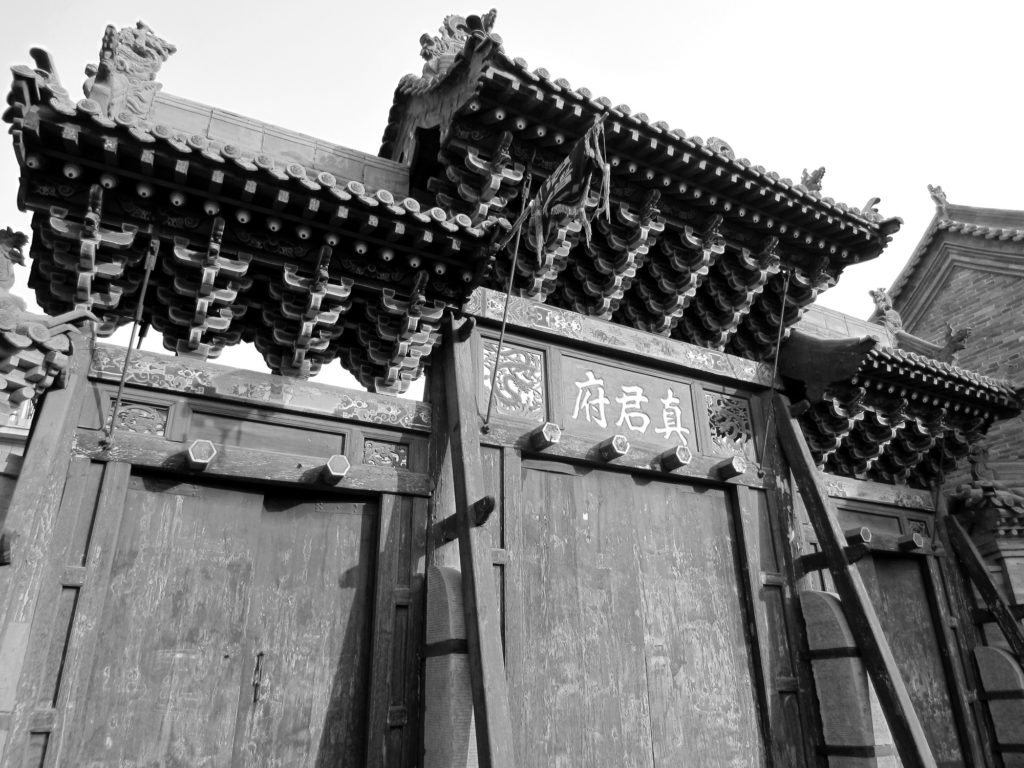
History
It would be hard to find a people that love their history more than the Chinese.
If you wanted proof all you would need to do is spend China’s National day at the jampacked Palace Museum in Beijing, which amassed a staggering 19 million visits in 2019 alone.
This interest for Chinese history is not just confined to China. Museums and cultural institutions around the world draw vast audiences to their Chinese history exhibitions. Little wonder then, that the National Gallery of Victoria chose the Terracotta Warriors for its showcase Melbourne Winter Masterpieces exhibition in 2019.
Naturally, bringing Chinese history to an international audience requires a great deal of translation. From exhibition objects such as Zhou dynasty bronzes and Ming dynasty porcelain to textual sources like excavated historical texts and archival records, translation is needed to tell the story of Chinese history to an ever-increasing audience.
Just like translations of other cultural and literary texts, translating Chinese history brings with it its own set of unique challenges. Foremost among these is using a modern meaning of a word when its ancient meaning meant something quite different.
Many of these can be quite obvious, like the term 豆, which before the Han dynasty referred to a standing bowl-shaped vessel but is now mostly taken to be the word for ‘beans’.
However, there are also a range of terms whose change in meaning can be very difficult to spot. Take the ubiquitous word 经济 for instance, which today takes on meanings of ‘economy’ and one’s financial situation.
In older Chinese texts, this term refers to governing a country and was understood within the framework of Confucian values and the way they apply to statecraft.
The term’s ‘economy’ understanding only came about at the end of the 19th Century when the Chinese ‘borrowed’ this term from Japanese, who (having previously borrowed it from the Chinese) had rejigged the term to mean ‘economy’ in their translations of Western texts.
Another difficulty that translators of Chinese history face is finding the appropriate names for proper nouns such as institutions, titles and historical artefacts.
Take official titles for instance, which the ancient Chinese were particularly fond of. (One ancient text, the Rites of Zhou, contains over 360 different official titles!) Trying to find English equivalents for titles like 凌人 (the official in charge of cutting up ice for the icehouse) or 醯人 (the official in charge of cold sides and pickled vegetables) can often be nigh-on-impossible.
Here at mbChinese, we deal with this difficulty by taking what Confucius would call a ‘transmit and do not create’ approach. That is to say, we prefer to use existing translations given by authoritative sources rather than making up our own.
To do this, we make extensive use of Endymion Wilkinson’s fantastic Chinese History: A New Manual, which provides a huge range of reference material for just about any topic in Chinese history that you can think of.
Of course, looking up all these references, finding journal articles, reading Cambridge histories and the like all takes time, however, when it comes to translating Chinese history, time is something that we are will to take. This is because we at mbChinese are passionate about Chinese history.
This passion has seen us spend numerous hours visiting and revisiting the National Museum of China in Beijing. It has seen us journey for days along the old Silk Road, crossing through desert sandstorms and hitching rides with hospitable locals, just to see the famous Yumen Pass
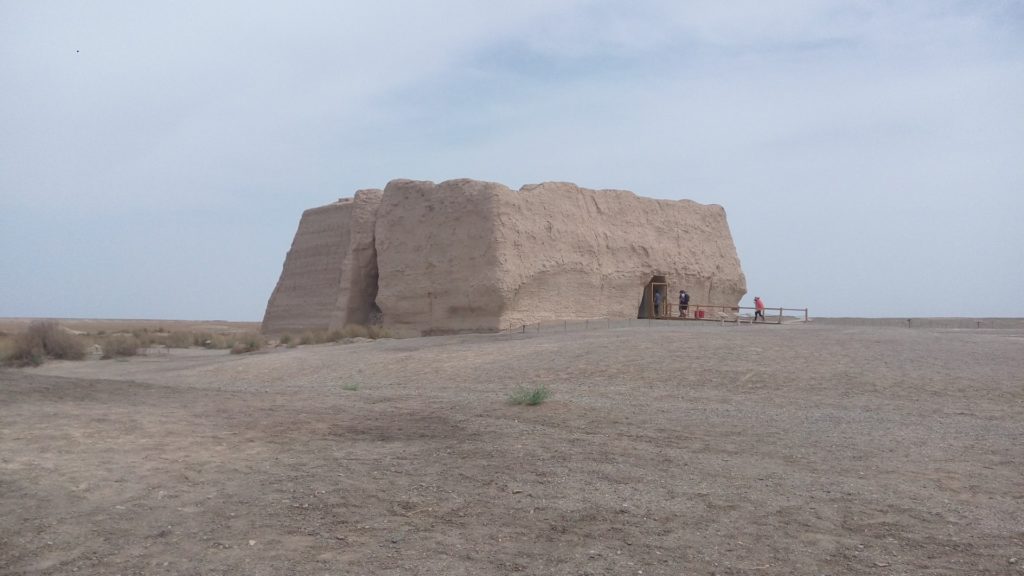
This passion for Chinese history also extends beyond China to other regions that have seen Chinese migration and settlement. Raised in goldfields of country Victoria, we are also fascinated by Australian Chinese history.
From the goldrush to the ten pound landing tax, from the dictation test to the ‘Asian Invasion’, Australian Chinese history plays a small but increasingly significant part in the identity of the nation, and therefore, our own identities.
It is therefore perhaps fitting and somewhat ironic to say that when we translate texts written by those Chinese who came to Australia, what we are really translating is not Chinese history but Australian history.
